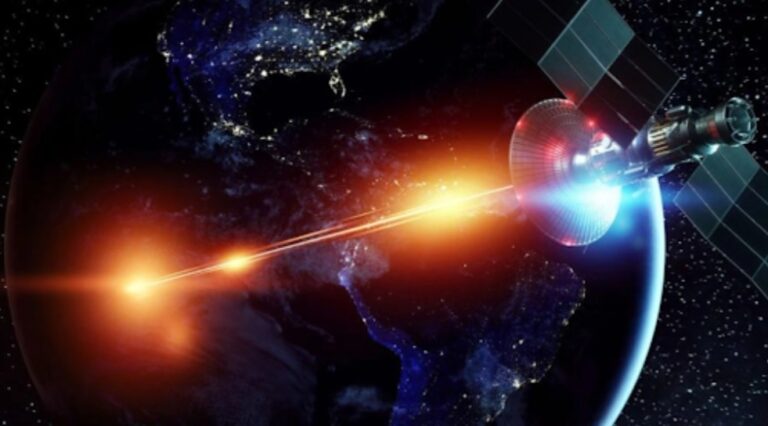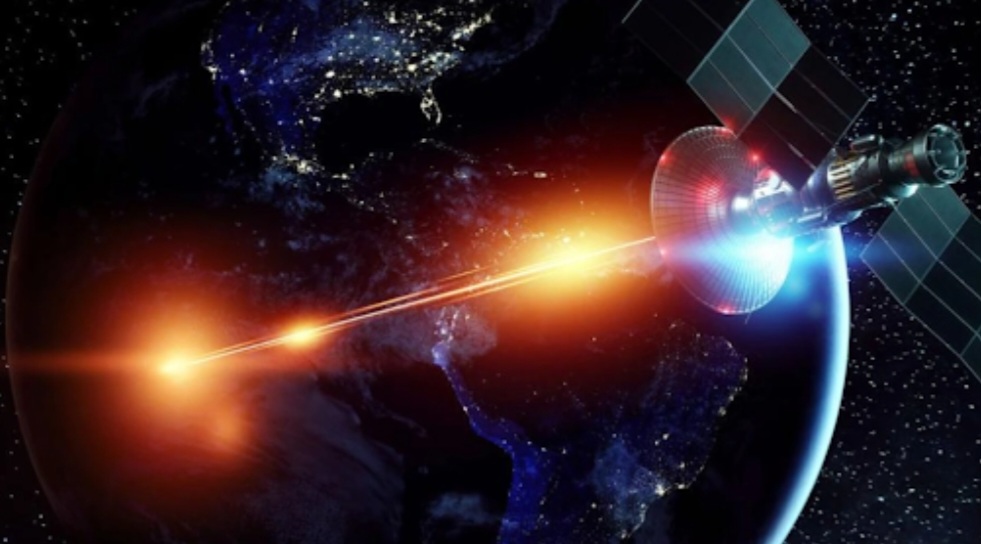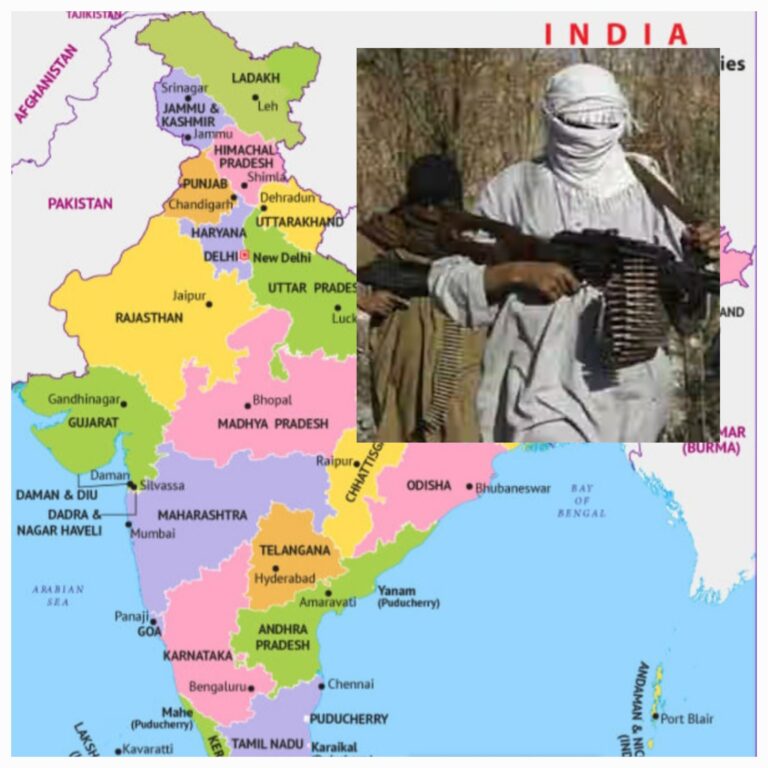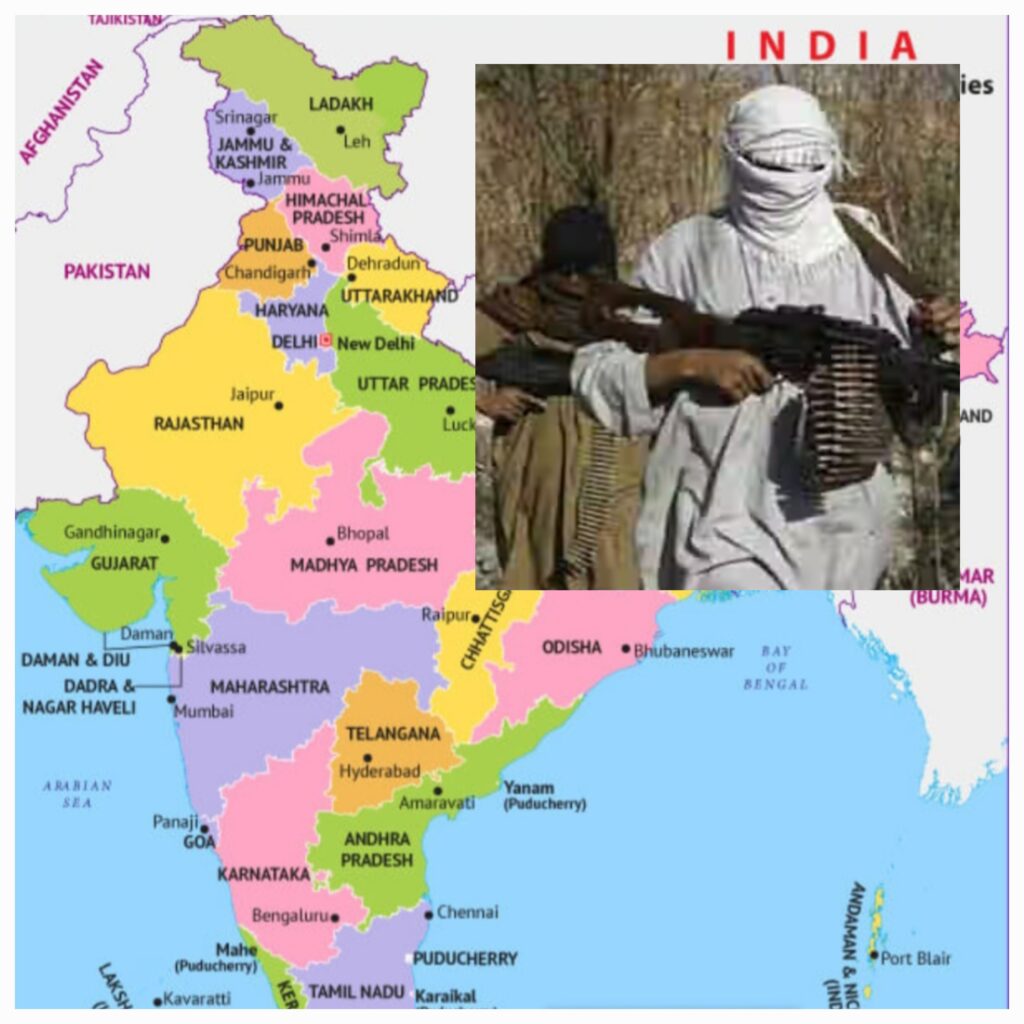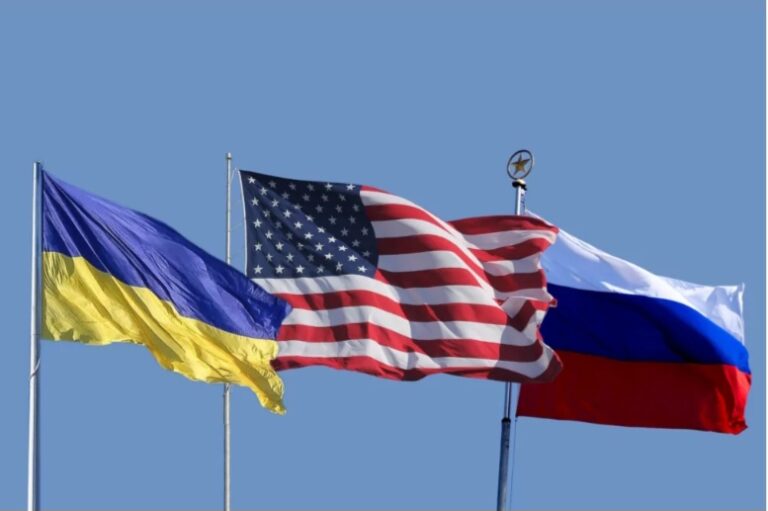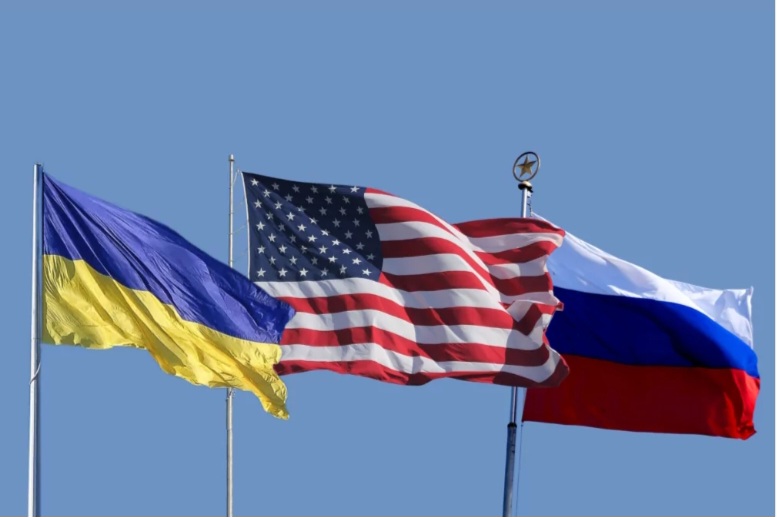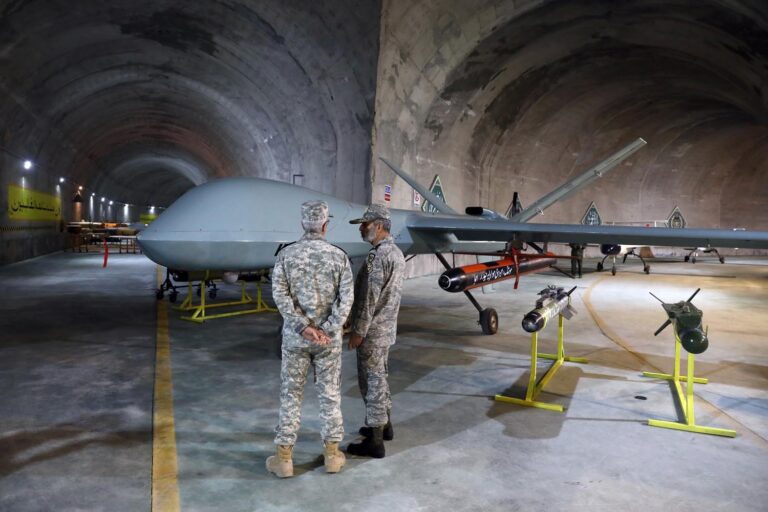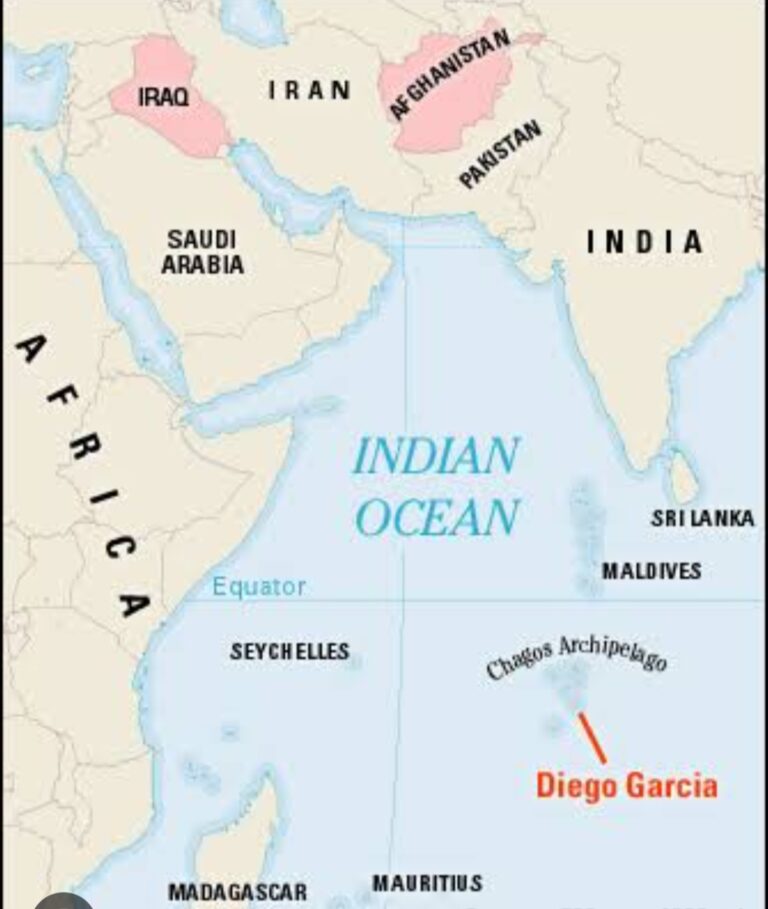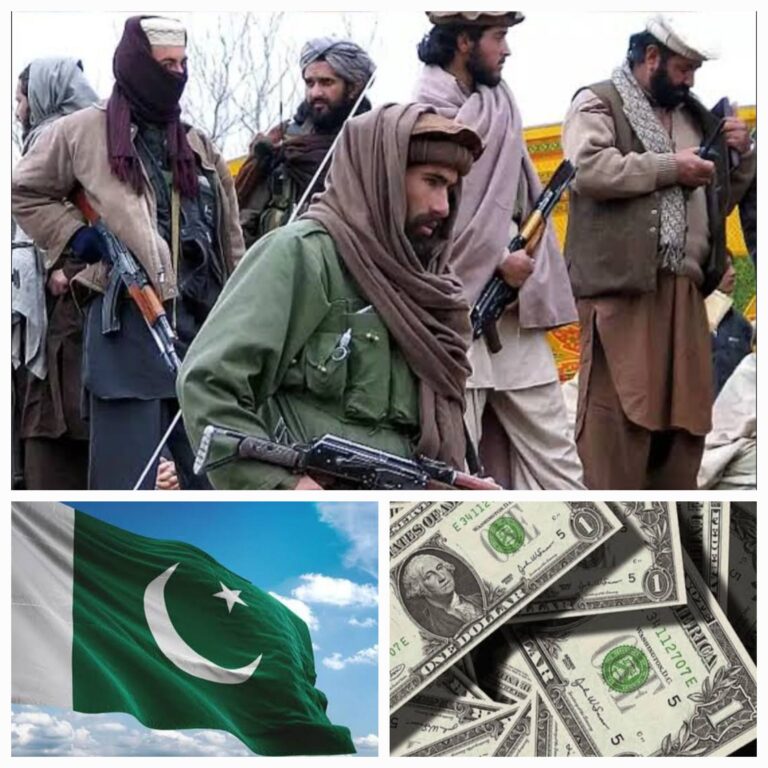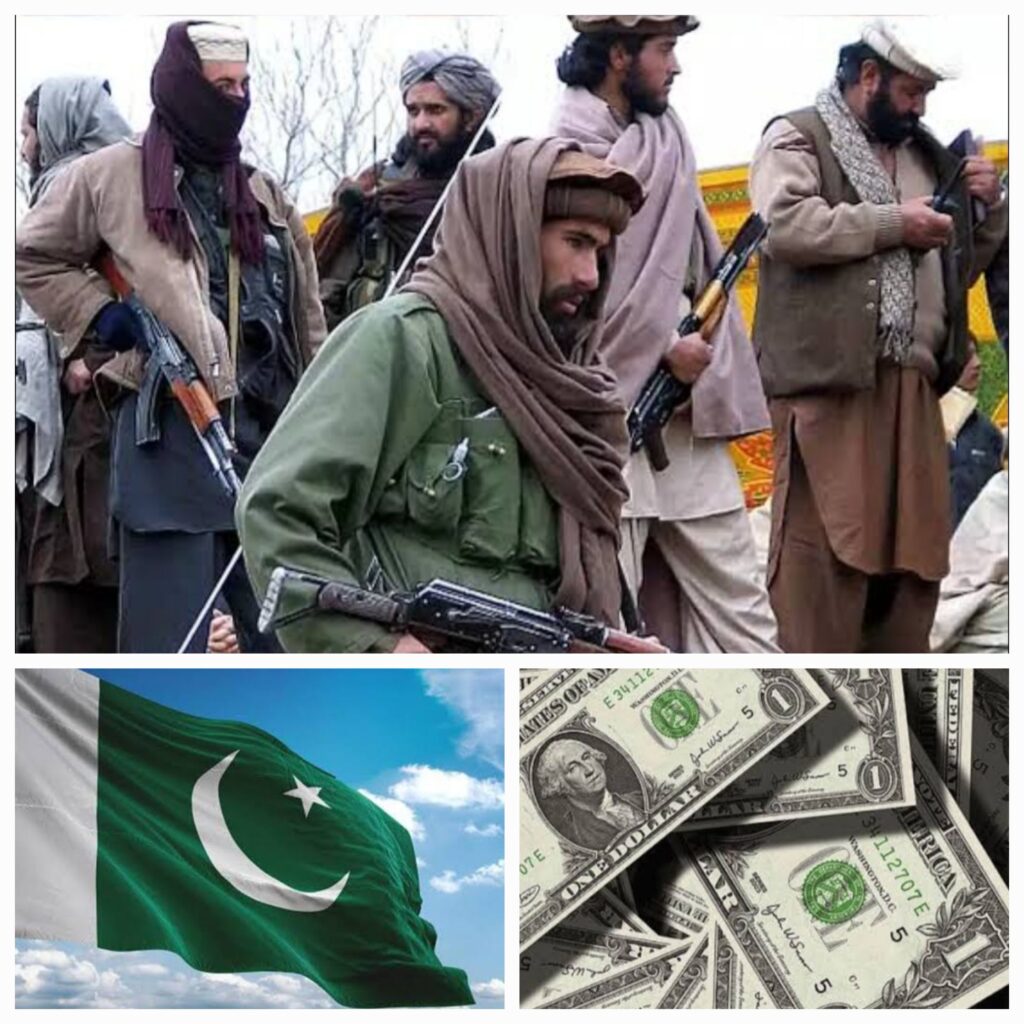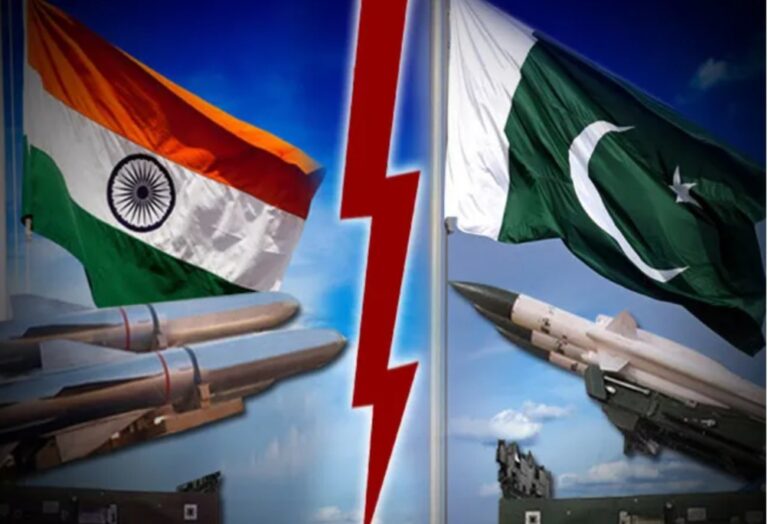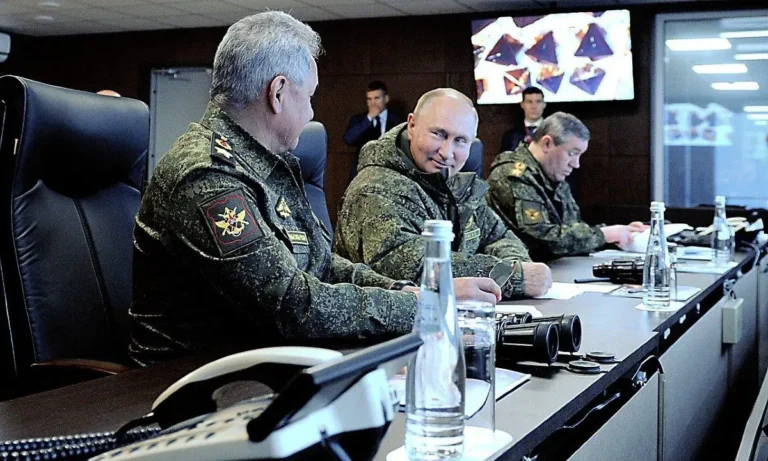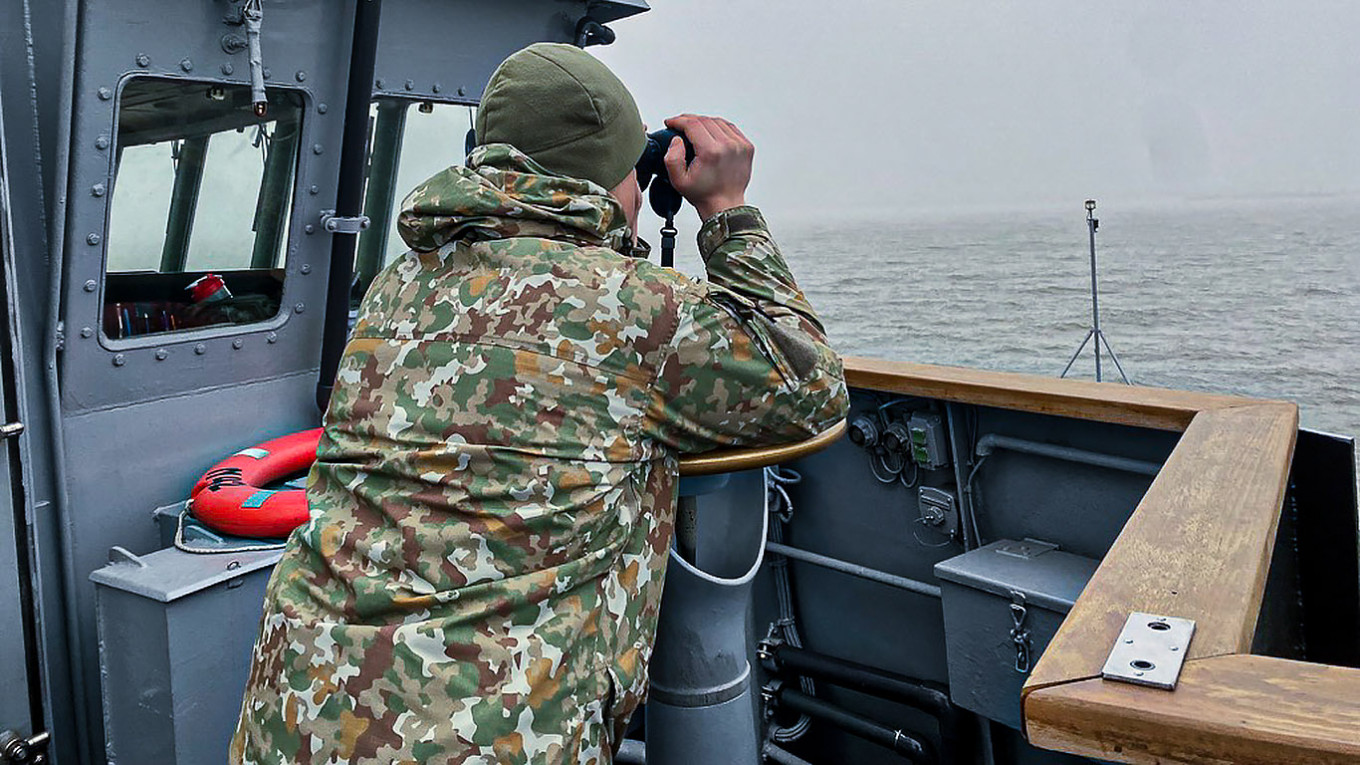Fears of a regional conflagration intensified on Tuesday as President Donald Trump escalated his rhetoric on Iran, calling for its “unconditional surrender,” implying potential action against Supreme Leader Ayatollah Ali Khamenei, and notably aligning himself with Israeli military efforts by referring to them using the pronoun “we.” The language, unusually direct, has raised concerns that the United States may be edging closer to direct involvement in the Israel-Iran confrontation.
As hostilities between Israel and Iran entered their sixth day, the situation on the ground remained volatile. Past midnight on Wednesday, air raid sirens were activated across multiple locations in Israel following what the Israeli military described as two successive missile launches from Iran.
Simultaneously, the Israeli Defense Forces issued an evacuation advisory targeting an industrial zone in Tehran, warning of imminent action against Iranian military infrastructure. Not long after, Israeli airstrikes were reported in the vicinity of the Iranian capital, signaling a significant intensification of cross-border military activity.
President Trump’s remarks came as Israeli leadership, particularly Prime Minister Benjamin Netanyahu, continued to urge the United States to engage militarily to neutralize Iran’s nuclear threat. Netanyahu is reportedly seeking American deployment of heavy-duty bunker-busting ordnance capable of reaching Iran’s deeply buried Fordo nuclear facility – munitions beyond Israel’s own operational capability. According to sources within the Trump administration, the two leaders spoke by phone on Tuesday, though specifics of their conversation remain undisclosed.
On his social media platform Truth Social, Mr. Trump claimed, “we know exactly where” Ayatollah Khamenei is hiding, while clarifying, “we are not going to take him out (kill!), at least for now.” He went on to emphasize Israeli air dominance, attributing it to U.S. military technology, and stated, “We now have complete and total control of the skies over Iran,” effectively signaling political and strategic alignment with Israel’s military campaign.
Should the United States become an active participant in the conflict, Tehran is reportedly poised to retaliate. U.S. intelligence assessments indicate that Iran has readied a range of ballistic and cruise missiles along with other military assets for potential strikes on American bases throughout the Middle East.
Russia Holds Its Fire as Iran Faces Israeli Onslaught, Revealing Strategic Ambivalence
Meanwhile, despite a formal strategic partnership and deepening defense ties between Moscow and Tehran in recent years, Russia has chosen a posture of deliberate restraint as Israel mounts a sweeping military offensive against Iran. The silence from the Kremlin has been particularly striking given Iran’s recent contributions to Russia’s war in Ukraine – from providing vital drone technology to facilitating domestic drone production through a Russian-Iranian joint initiative. The two nations also signed a high-profile strategic treaty earlier this year, signaling an intent to bolster cooperation across military, economic, and political fronts.
Yet, barely five months after that agreement, Iran finds itself under sustained Israeli attack, its nuclear infrastructure targeted, top military figures eliminated, and key energy installations compromised. Notwithstanding rhetorical condemnations and diplomatic outreach, Russia has stopped short of offering any meaningful military or logistical support to Tehran.
Analysts suggest that Moscow’s inaction reflects a cold-eyed calculation. With its resources stretched in Ukraine and an urgent need to maintain cordial relations with regional power centers such as the United Arab Emirates and Saudi Arabia, the Kremlin appears unwilling to jeopardize its broader Middle East balancing act for the sake of Tehran. “Russia, when it comes to Iran, must weigh the possibility of a clash with Israel and the United States, so saving Iran is obviously not worth it,” observes a leading voice on Russia-Iran relations. “For Russia, this is just a fact.”
Moscow’s reluctance also illustrates a more complex geopolitical reality. President Vladimir Putin remains cautious about Iran’s nuclear ambitions and, amid renewed U.S. engagement in the region under President Trump, may view mediation as a more pragmatic route than confrontation. The Kremlin stands to gain from both rising oil prices triggered by the conflict and improved diplomatic standing if it can position itself as a credible intermediary in future negotiations.
Still, the contrast with past Russian interventions is sharp. A decade ago, the Kremlin militarily intervened in Syria to preserve the Assad regime. That campaign ultimately ended in failure, with Bashar al-Assad’s government collapsing in late 2024. Now, with its clout in the region already eroded, Moscow’s response to Tehran’s crisis is limited to backchannel diplomacy and vague offers of mediation.
“There’s a limit to what Moscow can deliver militarily to Iran right now, especially as the Ukraine war continues to deplete its own defense reserves,” explains Thomas Graham, a senior fellow at the Council on Foreign Relations. Intelligence briefings suggest that President Putin has reached out to both Israeli and Iranian leaders, while maintaining communication with President Trump, potentially to present Russia as an indispensable player in any post-conflict negotiation framework.
Russia’s Foreign Ministry has hinted that Tehran should consider re-engaging in talks with Washington over its nuclear program, even suggesting that Moscow could assist by taking custody of Iran’s highly enriched uranium. This diplomatic overture, while measured, reveals Moscow’s desire to reassert its relevance on the global stage, albeit without making any meaningful concessions on its ongoing conflict in Ukraine.
“There is a desire to reset this relationship and present yourself to the Americans as an interlocutor on all things in global affairs, including the Iranian nuclear dossier, without actually talking about Ukraine with any kind of substance,” notes Hanna Notte, Director of the Eurasia Program at the James Martin Center for Nonproliferation Studies.

However, this balancing act comes with its own risks. Tehran has long harbored suspicions about Russian intentions, fearing that Moscow may ultimately trade Iranian interests in a grand bargain with the West. These concerns are only amplified in the current moment of strategic vulnerability.
Meanwhile, Israel has broadened its offensive campaign. On Monday, it struck targets linked to Iran’s state media and elite Quds Force. Prime Minister Netanyahu, in a press briefing, did not rule out the possibility of a complete collapse of the Iranian regime, an outcome that would dramatically shift regional power dynamics and further complicate Russia’s long-term influence in the Middle East.
Although Russia remains Iran’s largest foreign investor and an important arms supplier, it has consistently withheld high-grade military systems, particularly aircraft and air defense platforms, that Tehran has repeatedly requested. The rationale has been clear: Putin’s parallel diplomatic ties with Israel and Gulf monarchies have limited how far Moscow is willing to go in arming Iran.
“Iran has been asking Russia for weapons for the last few years—aircraft, air defenses. But Russia has delivered practically nothing,” Smagin points out.
Now, with Iran under siege and international pressure mounting, that hesitancy may cost the Kremlin both strategic trust in Tehran and its already waning influence in the Middle East.

Why the United States May Be Edging Toward Direct Involvement
The drumbeat of war grows louder not just from Tel Aviv or Tehran, but now increasingly from Washington as well. President Trump’s recent remarks – calling for Iran’s “unconditional surrender,” publicly hinting at the elimination of Supreme Leader Ayatollah Ali Khamenei, and aligning American military might with Israeli air dominance 0 are not idle provocations. They signal a potential inflection point: the gradual shedding of ambiguity around U.S. neutrality, and the unmistakable drift toward direct military involvement in a conflict that could redraw the architecture of the Middle East.
At the heart of Washington’s recalibration lies a convergence of long-standing American strategic objectives and short-term political calculus.
First, neutralizing Iran’s nuclear ambition has been a cornerstone of U.S. foreign policy since the Islamic Republic’s inception. Israel’s recent demand for U.S. bunker-busting bombs to target the deeply buried Fordo nuclear facility presents Trump with a historic decision point. No other nation besides the United States has the weapons or delivery systems to accomplish such a mission. And no other ally has pressed as relentlessly as Israel to do so.
Second, Trump’s return to the global stage with an emboldened post-election mandate is reconfiguring his administration’s appetite for risk. The opportunity to cement a “decisive” foreign policy legacy, an end to the Iranian nuclear threat, a perceived victory for the West, and solidified ties with key regional allies—may prove too tempting to pass up. The optics of military strength could also resonate with his political base and offer a diversion from domestic political challenges.
Third, economic leverage plays a critical role. A war that disrupts Iranian oil exports, even while driving up global prices, would ultimately benefit American energy producers. U.S. shale and LNG markets stand to gain significantly, especially as Europe and Asia look to diversify energy sources away from conflict zones.
Fourth, Trump’s language – using “we” when referring to Israeli strikes and asserting “total control of the skies over Iran” – goes beyond rhetorical solidarity. It subtly frames the conflict as a shared strategic campaign rather than a bilateral Israeli-Iranian dispute. This linguistic shift is more than symbolic; it conditions the public and military apparatus for potential escalation.
Finally, there is a geopolitical deterrence objective. If the United States appears reluctant or constrained in backing Israel militarily, it could embolden not just Iran but also its broader axis – Russia, North Korea, and China – to test American resolve elsewhere. In the high-stakes arena of great power competition, perception is power, and hesitancy invites provocation.
Yet, U.S. involvement is not without risks. A full-scale war with Iran could ignite regional chaos, jeopardize American bases across the Gulf, and drag Washington into a protracted conflict with uncertain exit ramps. But from the Trump administration’s perspective, those risks may be weighed against the perceived rewards: regime decapitation in Tehran, strategic supremacy in the Middle East, and a domestically popular image of strength and resolve.
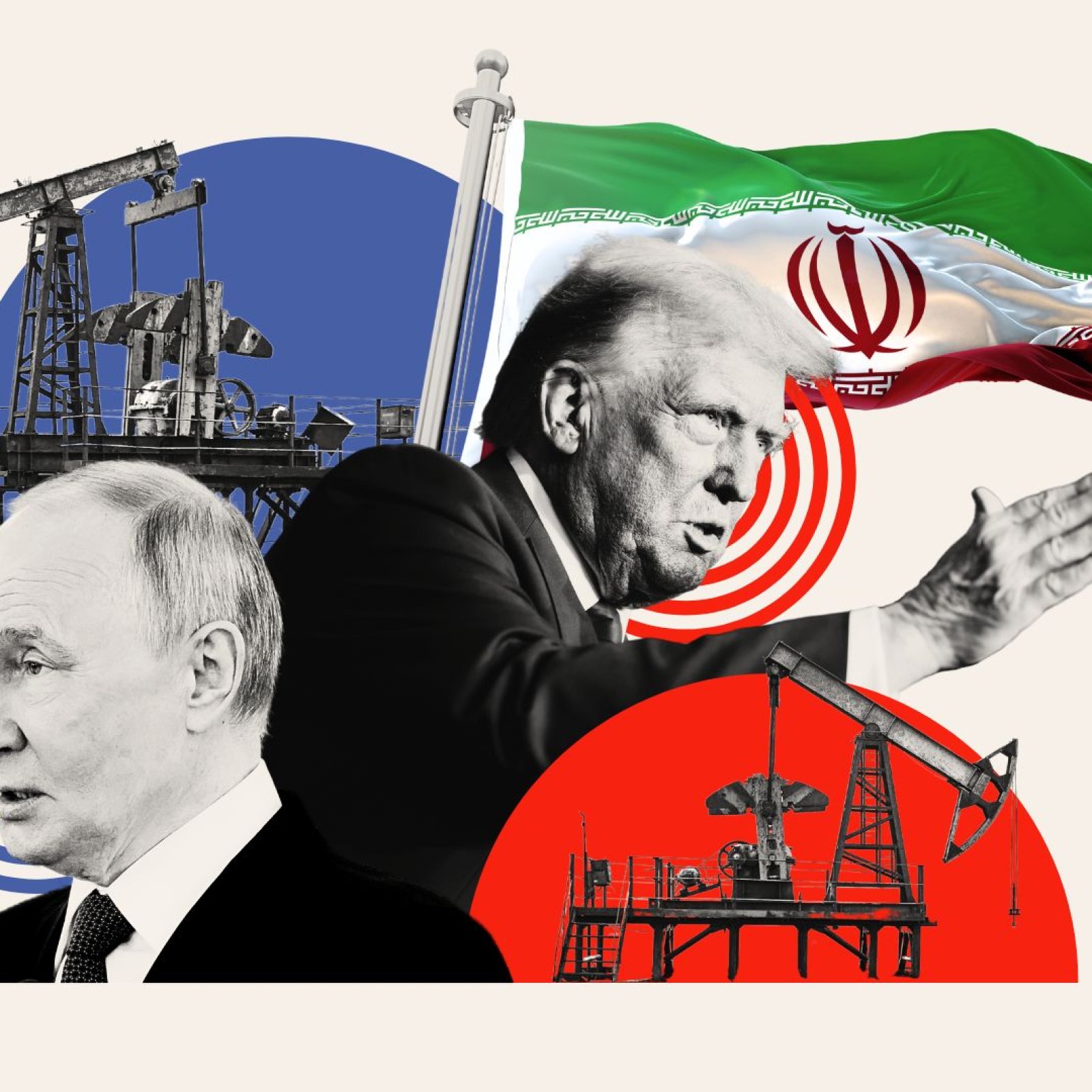
The Last Bit, The Silence That Speaks Volumes – Russia’s Calculated Distance from Tehran’s Crisis
As Israeli airstrikes continue to batter Iran’s military infrastructure, and the possibility of U.S. involvement with President Trump’s increasingly bellicose rhetoric, Moscow’s strategic reticence indicates a shifting power equation in the Middle East, one where pragmatic restraint has replaced ideological allegiance.
Despite the optics of a deepening Russia-Iran partnership, the Kremlin’s current posture reveals the limits of that alliance when tested by a real-time geopolitical crisis. Russia’s decision to withhold military support is not a betrayal as much as it is a cold calculation driven by its own overstretched capabilities in Ukraine, its growing dependence on Gulf state goodwill, and its long-held skepticism about a nuclear-armed Iran. Moscow is not prepared to risk confrontation with Washington or Tel Aviv to shield Tehran.
In short, for Russia, Tehran is a strategic partner, but not a strategic priority.
Also, this crisis may mark the beginning of a new phase in Iran’s regional isolation.
Already encumbered by crippling sanctions, domestic unrest, and mounting battlefield losses, Tehran may soon find itself increasingly alone, with even its strongest backers adopting a posture of cautious disengagement. If Moscow, with all its transactional depth and history of regional maneuvering, declines to rise in Iran’s defense now, it signals a broader recalibration of Russia’s Middle East doctrine: flexible, opportunistic, and ultimately self-serving.
At the same time, by positioning itself as a potential mediator rather than a combatant, the Kremlin seeks to maintain its relevance in post-conflict diplomacy. It may well offer its services in the nuclear negotiation theatre or propose arms control concessions in exchange for sanctions relief, not for Iran’s benefit, but for its own leverage against the West.
But this diplomatic opportunism comes with diminishing returns. By refusing to act meaningfully in Iran’s hour of need, Russia risks alienating a key regional partner and diminishing its long-term credibility as a reliable counterweight to U.S. power.
Thus, while missiles rain over Tehran and nuclear sites smolder, the Kremlin watches, eyes on the oil market, ears tuned to Washington, and fingers crossed that its silence will buy it leverage, not irrelevance.
In the end, it is not only Iran’s military infrastructure that is under siege. So too is the illusion of a united Russia-Iran front – exposed by the thunderous quiet from Moscow.


